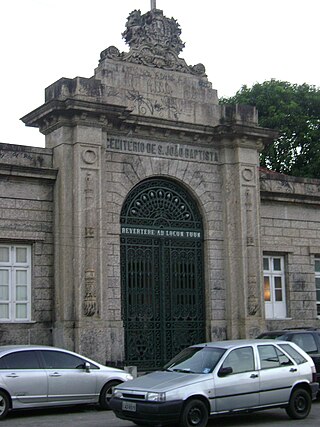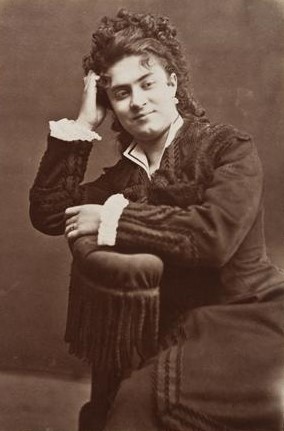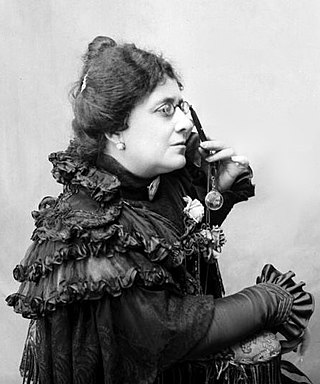
Guilhermina Augusta Xavier de Medim Suggia Carteado Mena, known as Guilhermina Suggia, was a Portuguese cellist. She studied in Paris, France, with Pablo Casals, and built an international reputation. She spent many years living in the United Kingdom, where she was particularly celebrated. She retired in 1939, but emerged from retirement to give concerts in Britain. Her last was in 1949, the year before her death.

The Cemitério de São João Batista is a municipal necropolis originally owned and operated by the Santa Casa da Misericórdia do Rio de Janeiro, and run, since August 2014, by the private company Rio Pax.
António Ferreira Gonçalves dos Reis, known as António Reis, was a Portuguese film director, screenwriter and producer, poet, sculptor and ethnographer. e is considered one of the most important directors of his country, due to the originality of his style.
António Augusto de Rocha Peixoto was a Portuguese naturalist, ethnologist and archaeologist.
Porto of My Childhood is a 2001 Portuguese/French film directed by Manoel de Oliveira. Manoel de Oliveira narrates a documentary which features staged dramatic scenes of memories and stories told to him during his childhood in Porto.
Casos e Acasos is a series of Brazilian TV Globo Network, written by Daniel Adjafre and Marcius Melhem, the general direction of Carlos Milan core of Marcos Schechtman and Jayme Monjardim. First aired as a special year-end on December 26, 2007, the program went live April 3, 2008 and no longer appears in the following year.

Events in the year 1931 in Brazil.

Prazeres Cemetery is one of the largest cemeteries in Lisbon, Portugal; it is located in the freguesia of Estrela, in western Lisbon. It is considered to be one of the most beautiful and famous cemeteries in the world. It is home to the Mausoleum of the Dukes of Palmela, the largest mausoleum in Europe.

Adriana de Vecchi was a Portuguese cellist, Montessori-trained educator and founder of a music school for children in Lisbon.

Abigail de Paiva Cruz was a Portuguese naturalist painter, sculptor, lace maker and feminist activist.

The Teatro Baquet was a theatre located in what is today Rua 31 de Janeiro in the city of Porto, Portugal. It opened in 1859 and was destroyed by fire in 1888, with the loss of 120 lives.

Emília de Oliveira (1874–1968) was a Portuguese theatre and film actress.
Alto de São João Cemetery is the largest cemetery in Lisbon, Portugal, located in the freguesia of Penha de França, in eastern Lisbon.

Tomásia Veloso, stage name of Tomásia Carlota de Jesus Alves, was a Portuguese stage actress and operetta singer.

The Teatro Tivoli is a theatre located on the Avenida da Liberdade, in the Portuguese capital of Lisbon. It is also used as a cinema. The theatre, which celebrated its 100th anniversary in 2024, is presently known as the Teatro Tivoli BBVA as a result of sponsorship by the Banco Bilbao Vizcaya Argentaria. The Tivoli has 1149 seats and has been classified as a Monument of Public Interest since 2015.

Josefa de Oliveira, was a Portuguese theatre actress and lyrical singer.

Emília Eduarda Augusta Cruz, better known as Emília Eduarda, was a Portuguese actress, poet, playwright, and writer who performed on most of the major stages in Lisbon and Porto.














